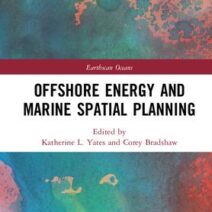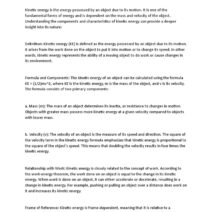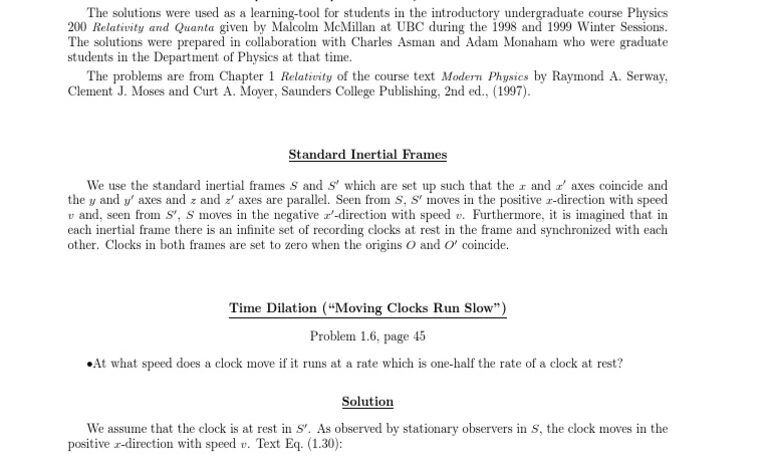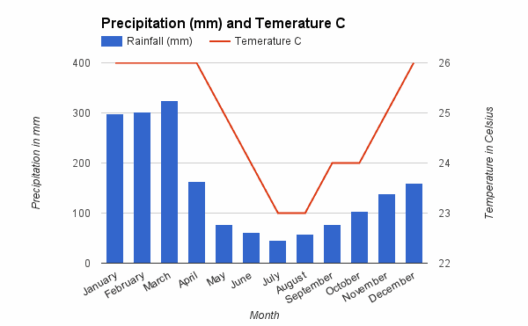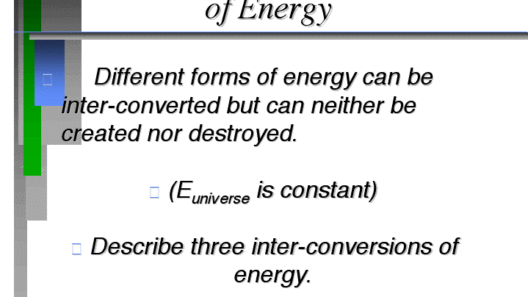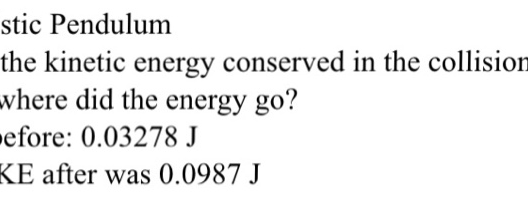Is energy conserved in special relativity? This seemingly innocuous question invites a cascade of inquiries into the realm of modern physics. The meticulous nature of this query underscores the complexities towards understanding how energy behaves when subjected to the constraints of relativistic effects. To navigate this intricate subject, we will unravel the notions surrounding energy conservation within the framework of special relativity, establishing both foundational principles and subtle nuances.
At its core, the principle of conservation of energy posits that the total energy of an isolated system remains constant over time. This elegant principle is integral to classical mechanics, allowing us to predict outcomes with remarkable accuracy. However, when relativistic velocities approach the speed of light, the traditional concept of energy requires reevaluation. Does it still hold true, or does special relativity necessitate a redefinition of energy itself?
To embark on this exploration, one must first grasp the fundamental concepts of special relativity as proposed by Albert Einstein in 1905. Among these concepts, two key postulates serve as cornerstones: the laws of physics are identical for all observers regardless of their relative motion, and the speed of light in a vacuum remains constant for all observers. These postulates radically transformed our understanding of space and time, merging them into a four-dimensional continuum known as spacetime.
In classical physics, energy is reliably calculated using equations derived from mass and velocity. Kinetic energy, for instance, is defined as KE = 1/2 mv², where m represents mass and v the velocity of the object. As an object accelerates, its kinetic energy increases dramatically—but this relationship breaks down as one approaches the speed of light. This leads us to a fascinating proposition: the relativistic kinetic energy is expressed as KE = γmc² – mc², where γ (gamma) is the Lorentz factor, defined as γ = 1 / √(1 – v²/c²). This equation highlights a critical paradigm shift: as an object’s speed nears that of light, the energy required for further acceleration becomes astronomically large.
This increment implies that mass itself is not an immutable quantity but rather a variable depending on velocity, a concept referred to as relativistic mass. When viewed from this perspective, one begins to see how energy conservation operates on a more intricate level within special relativity.
However, energy conservation in special relativity does not solely pertain to kinetic energy. It encompasses various forms of energy, including potential energy and electromagnetic energy. When considering an isolated system—a spacecraft traveling in the vast expanse of space—one may ponder if energy is merely converted from one form to another. Can potential energy stored within the spacecraft’s structure influence the total energy count in a relativistic framework?
Consider this playful challenge: if two observers are moving relative to each other, with one stationary and the other traveling at a significant fraction of the speed of light, would they agree on the total energy of the same object? The answer is multifaceted. While both observers will compute energy differently due to their frames of reference, the fundamental law of conservation of energy remains intact when accounting for interactions and transformations across their respective frames.
In a practical example, visualize a particle collision occurring at relativistic speeds. Each particle possesses energy and momentum that are not only dependent on their mass and velocity but also influenced by relativistic effects. Upon collision, the creation of new particles may ensue, or energy could be dispersed as radiation. The total energy before and after this interaction is conserved, highlighting the universal applicability of the conservation principle even amidst relativistic transformations.
Yet, this inquisitive journey unveils complications. As energy is transformed between kinetic, potential, and rest mass energy, an observer must remain vigilant of their perspective and the implications this holds on energy calculations. The interplay of energy and momentum becomes crucial, as expressed through Einstein’s famous equation, E = mc². This relationship encapsulates the equivalence of mass and energy, ushering in the realization that energy conservation transcends simplistic interpretations, demanding a more nuanced understanding.
As we ponder this intricate dance of energy under the auspices of special relativity, we must also acknowledge the role of gravitational effects, especially when venturing into general relativity. Although this discussion focuses primarily on special relativity, the blending of these theories further complicates the conversation surrounding energy conservation. Gravitational interactions, such as in black holes, challenge even the definitions set forth by special relativity.
In conclusion, the answer to whether energy is conserved in special relativity is a profound affirmation. The conservation laws persist, though they are articulated through the lens of relativistic principles that intricately link mass, energy, and momentum. While relativity prompts a reevaluation of classical concepts, it does not extinguish the foundational tenets of energy conservation. Instead, it enriches our comprehension, pushing the boundaries of our understanding as we delve deeper into the universe’s enigmatic workings. Ultimately, the exploration of energy conservation in special relativity compels us to reconsider not just the mechanics of motion, but the very essence of reality itself.

